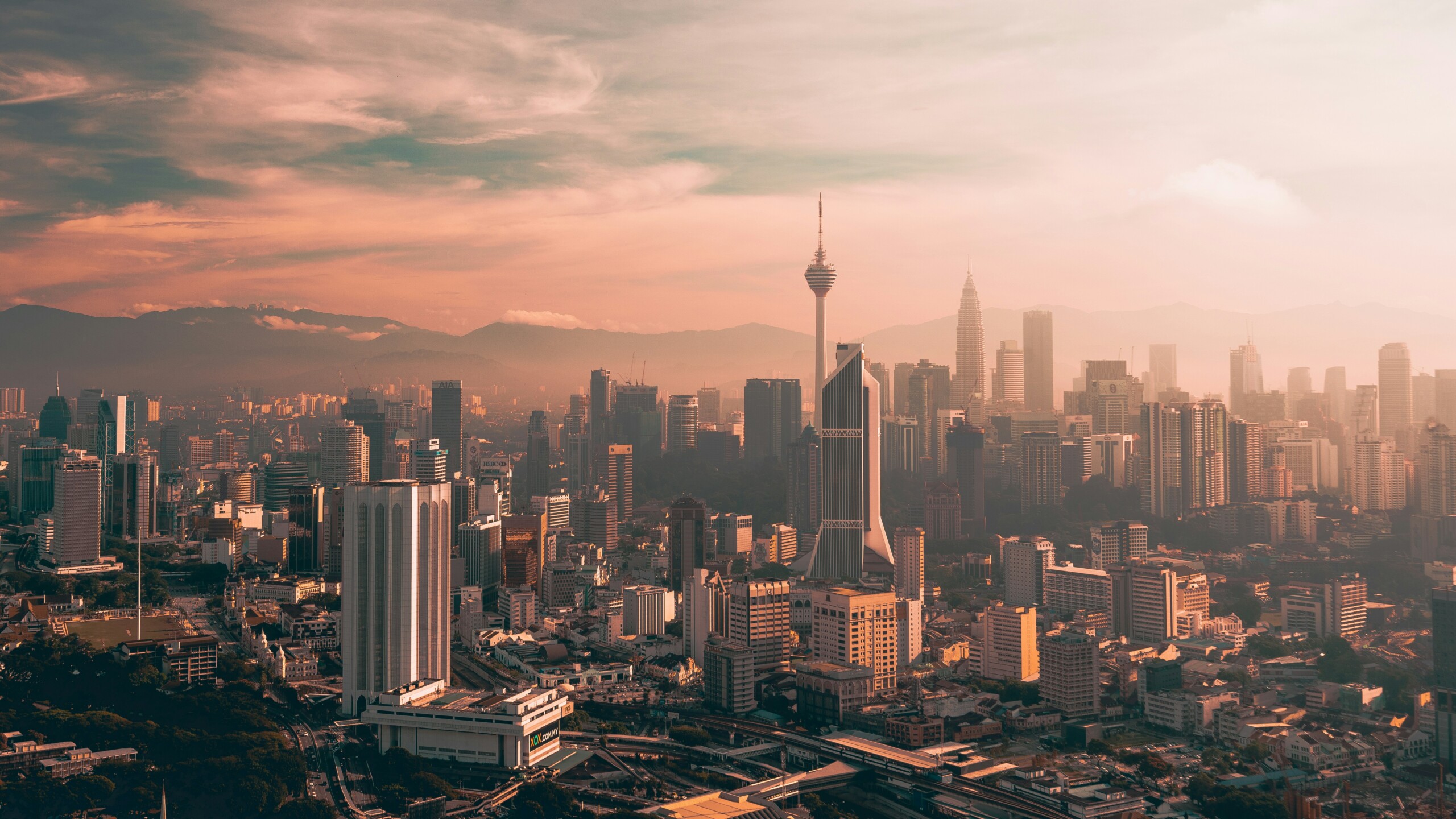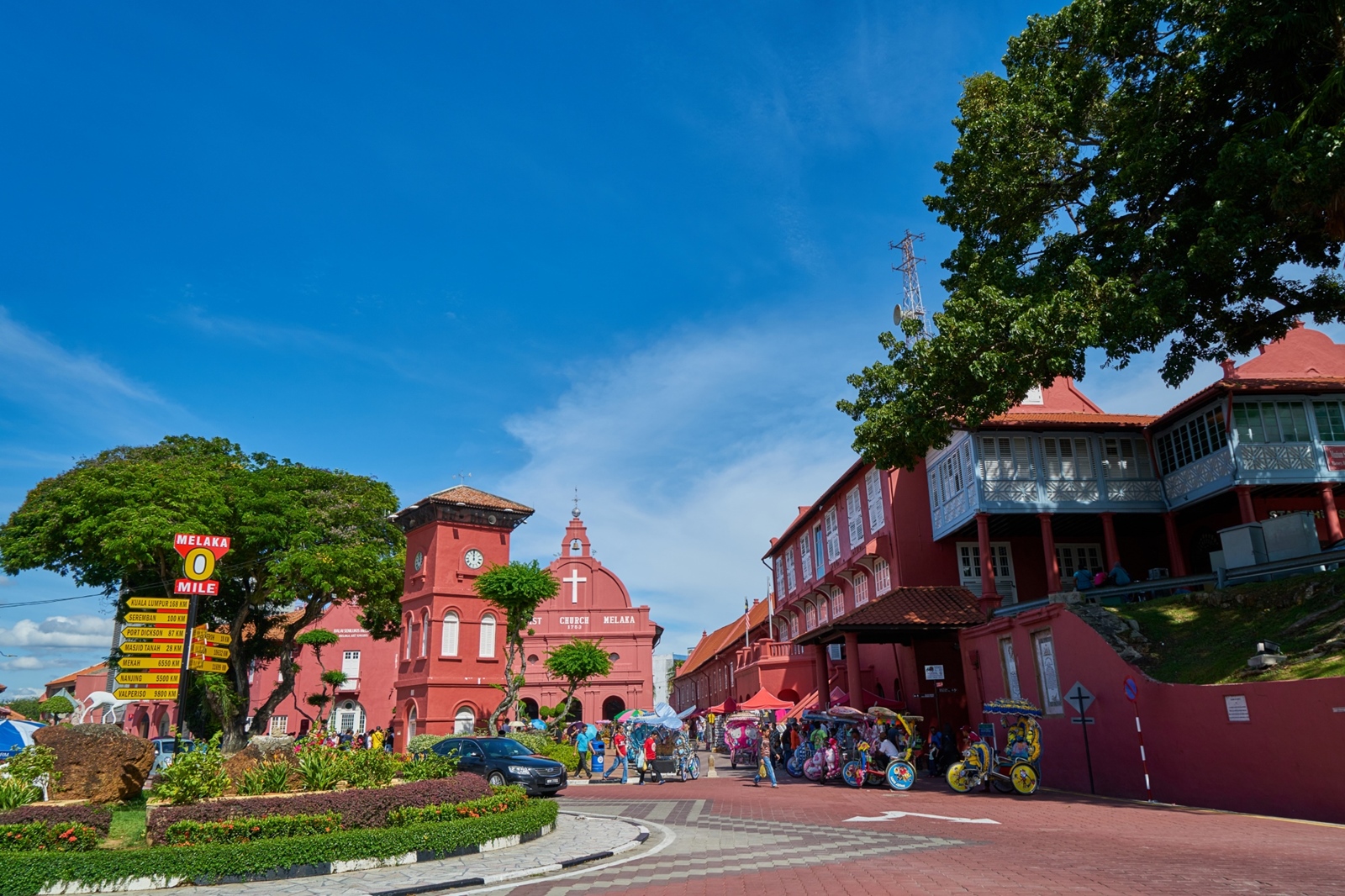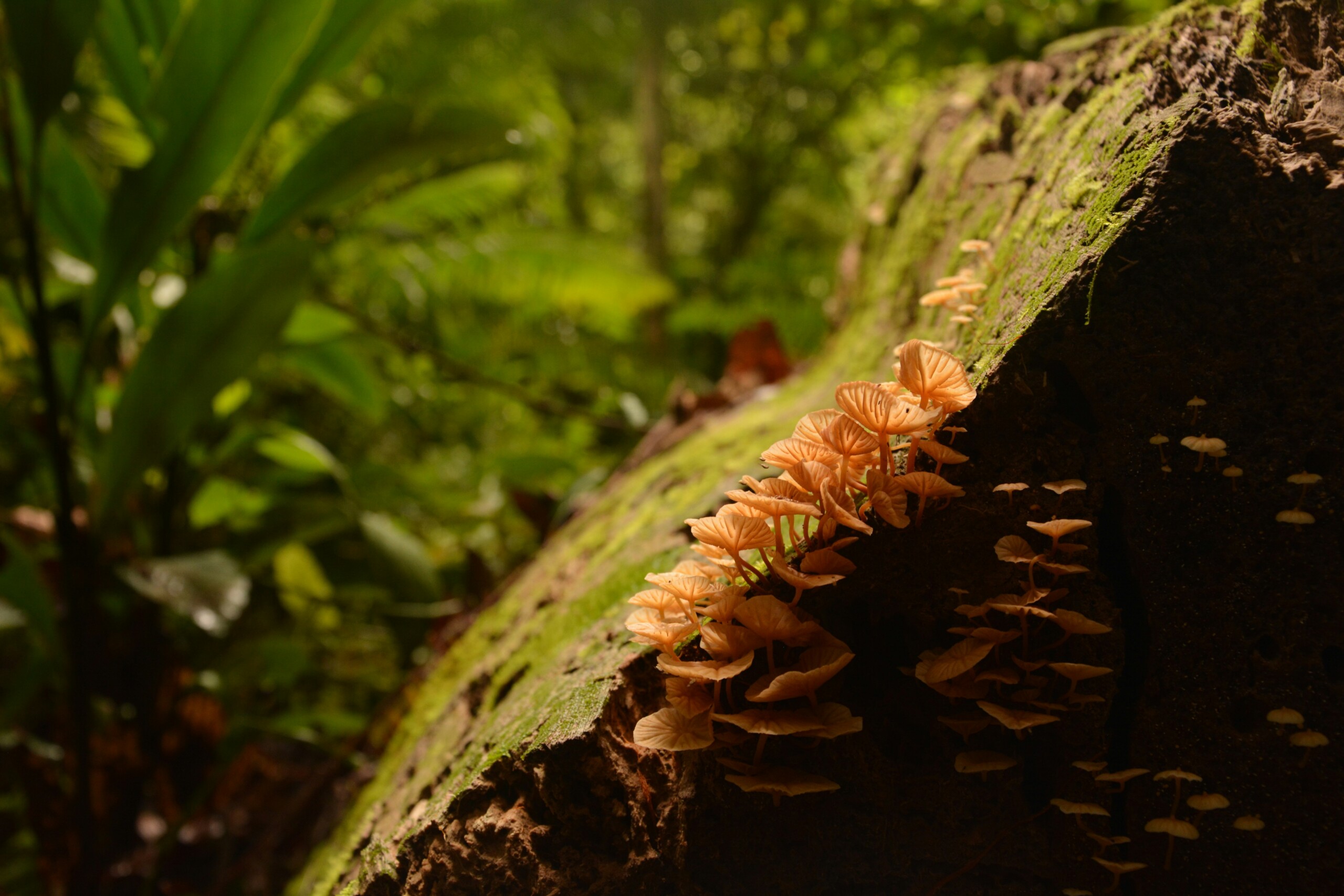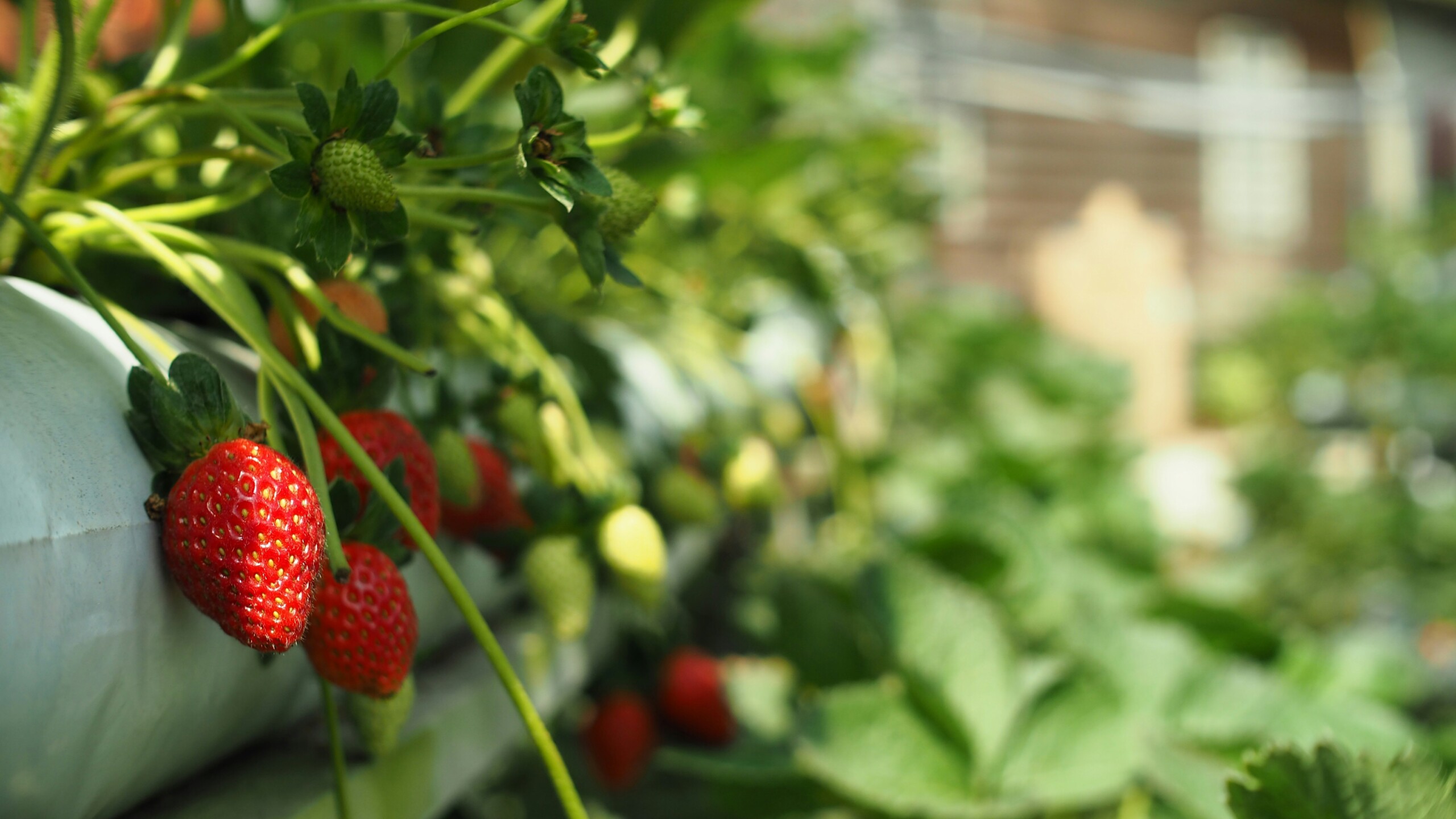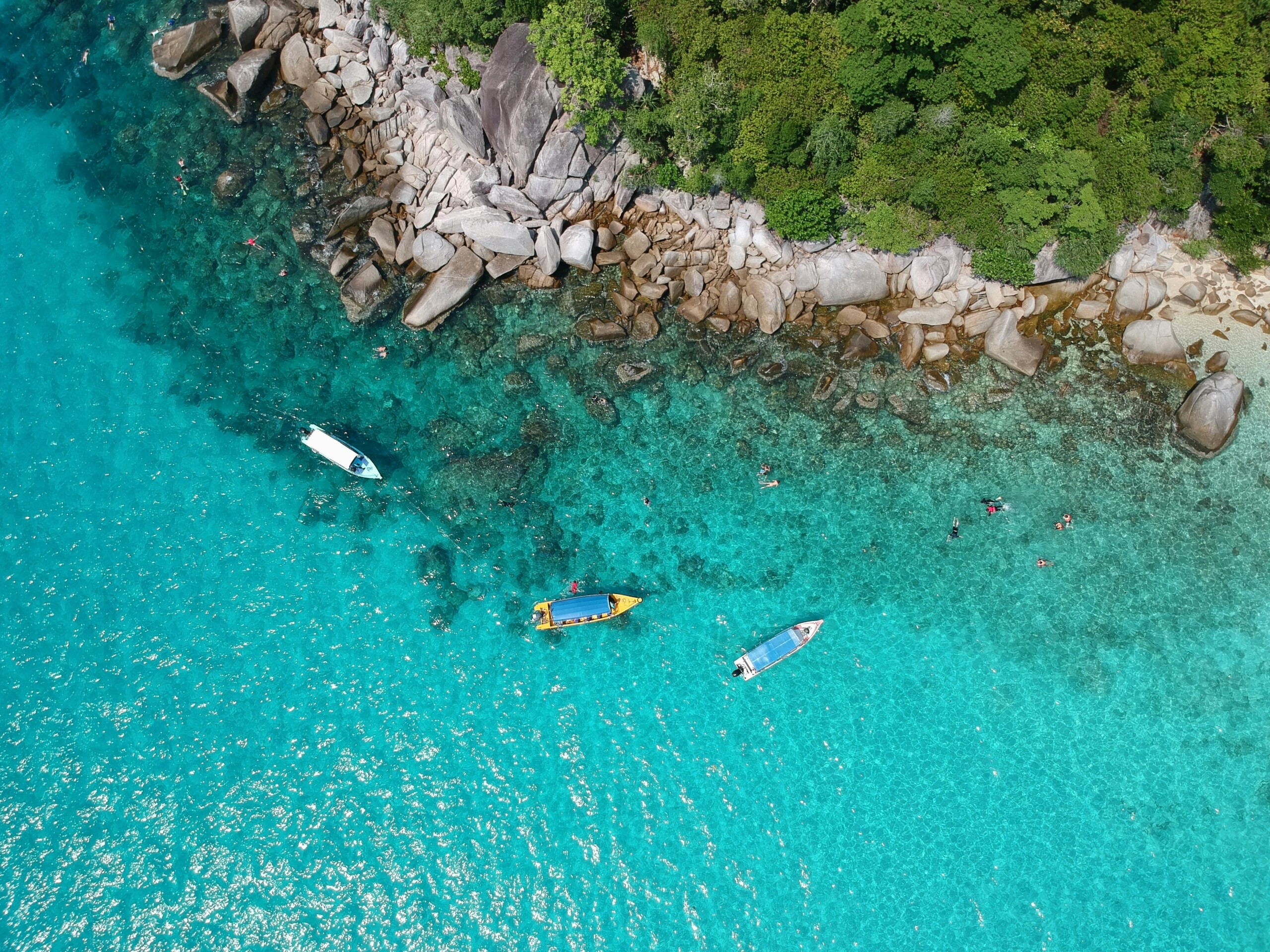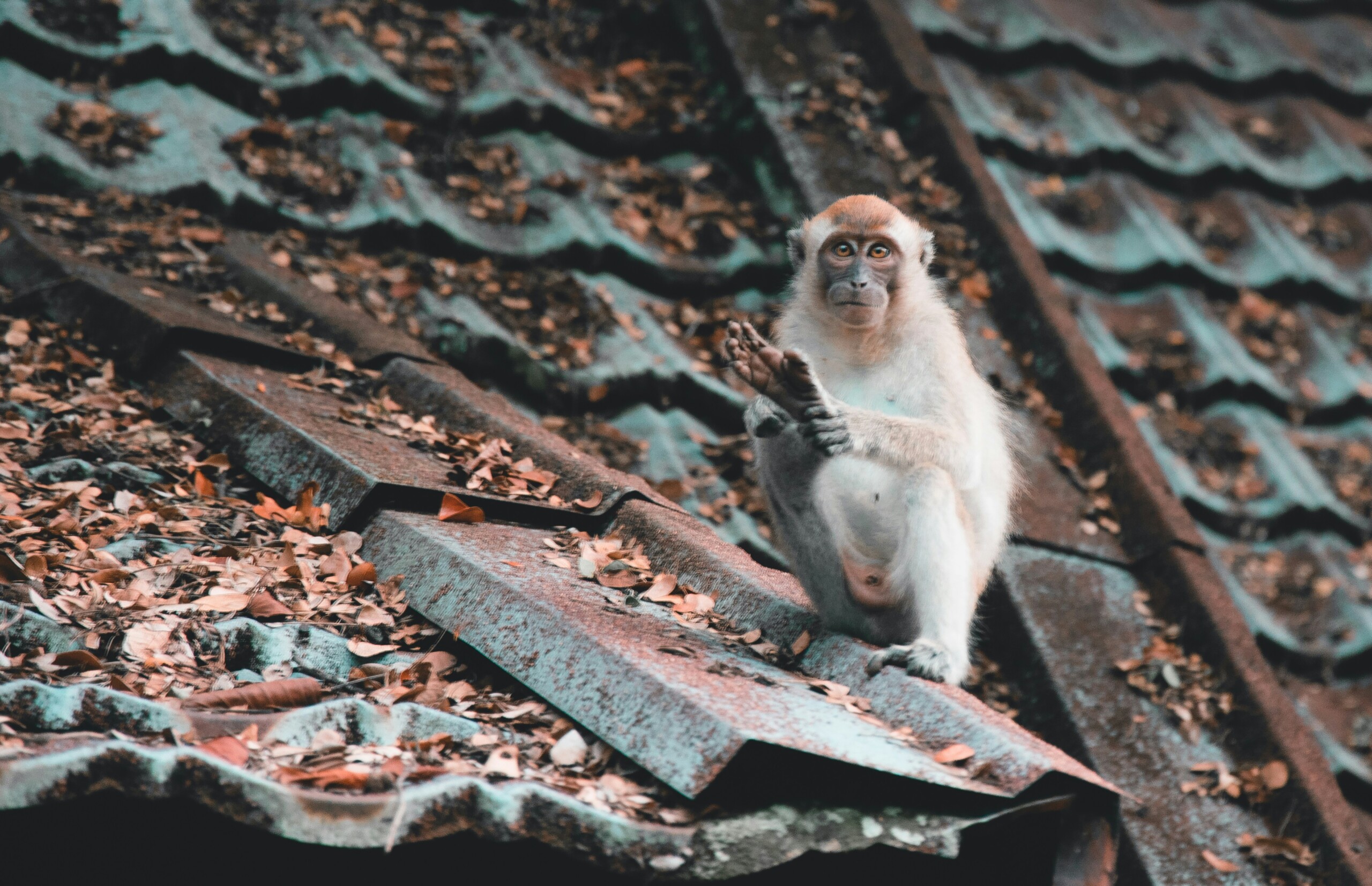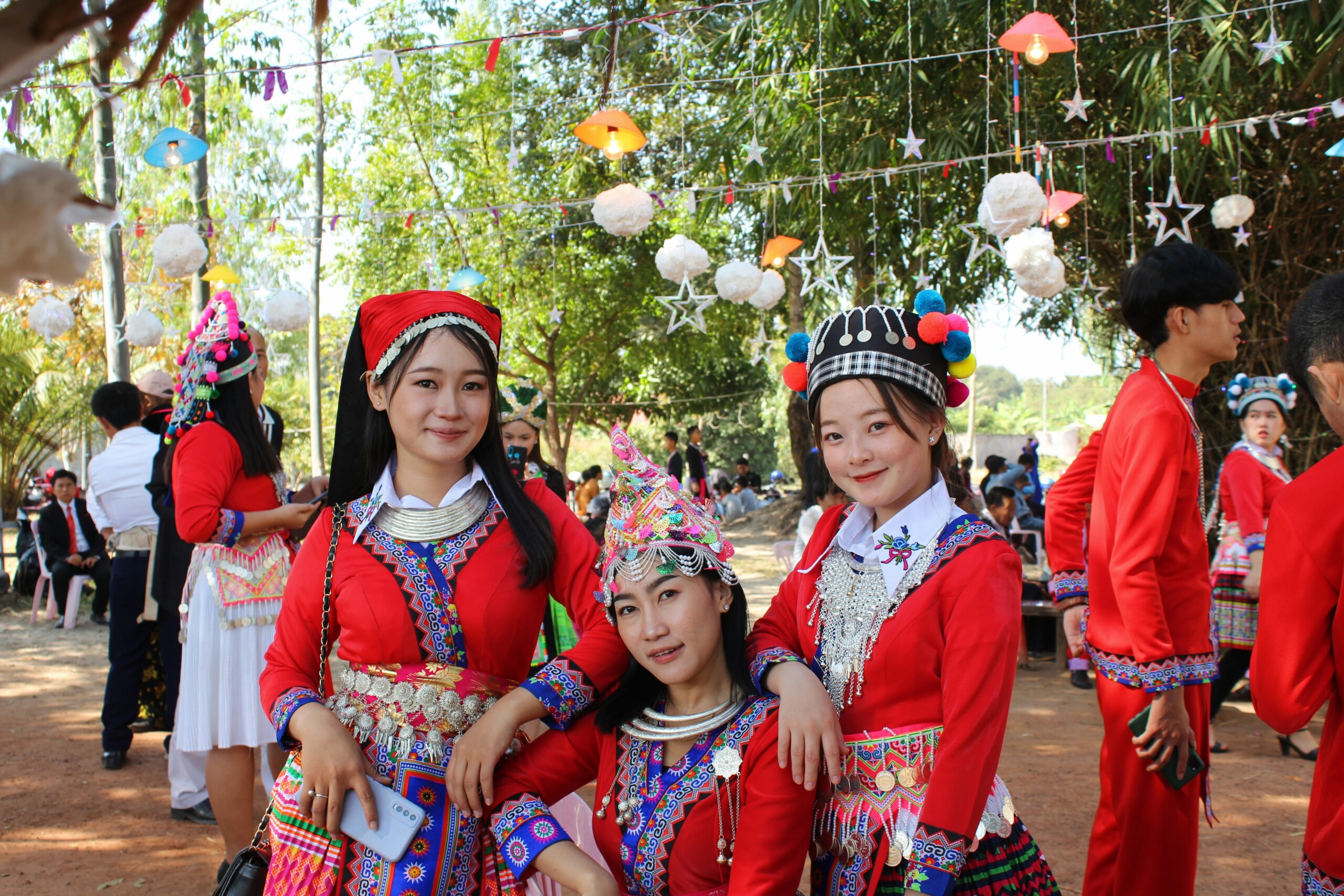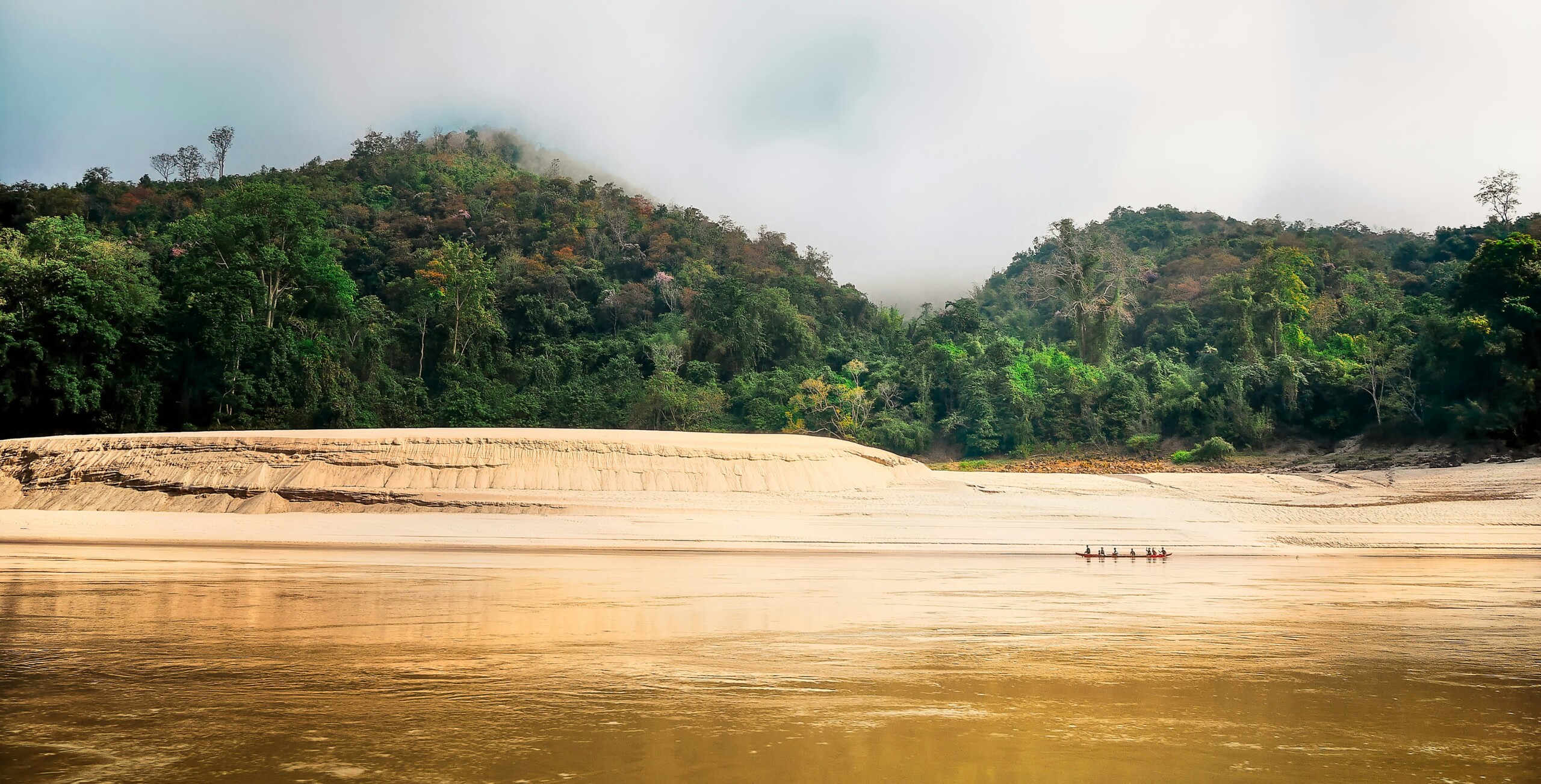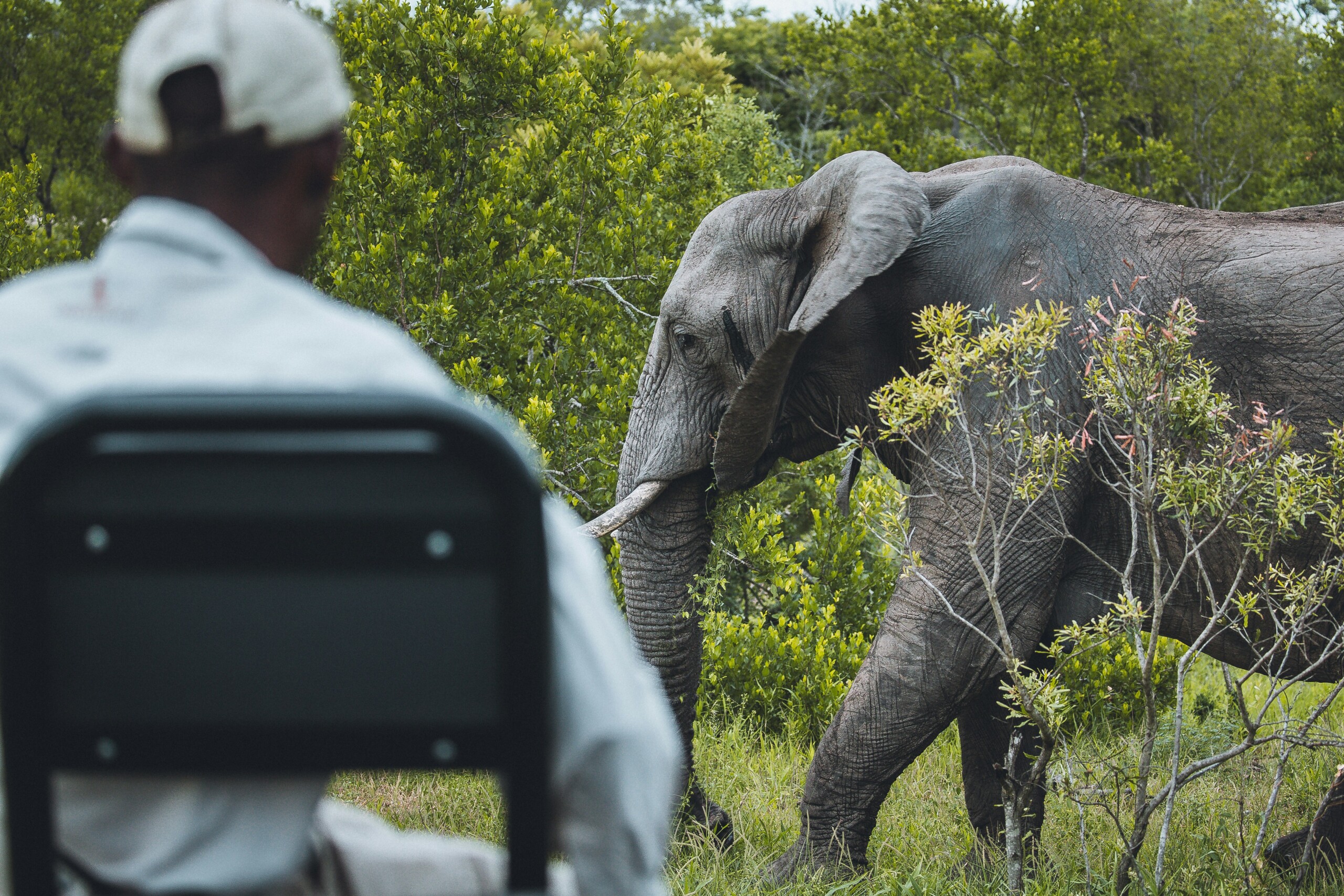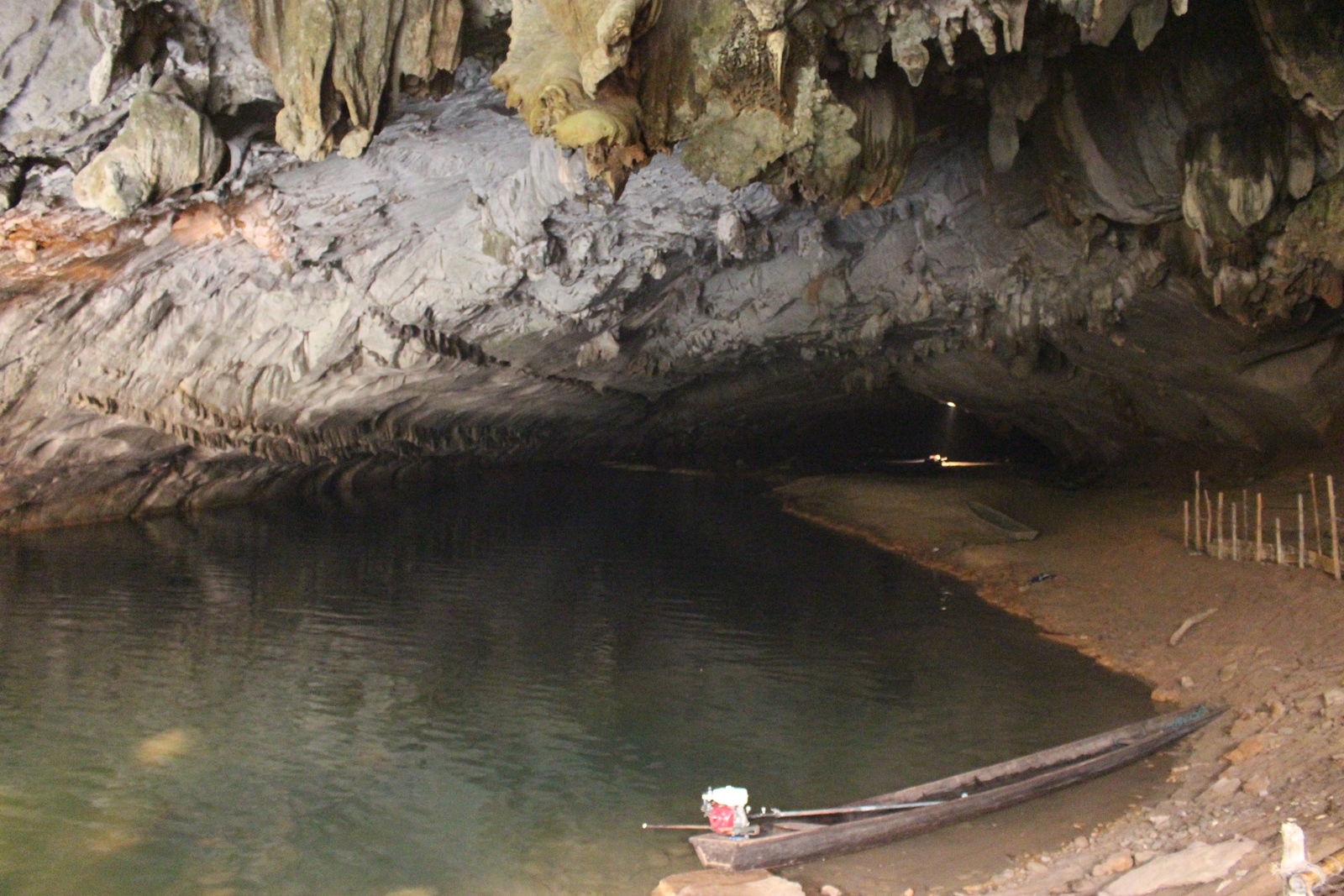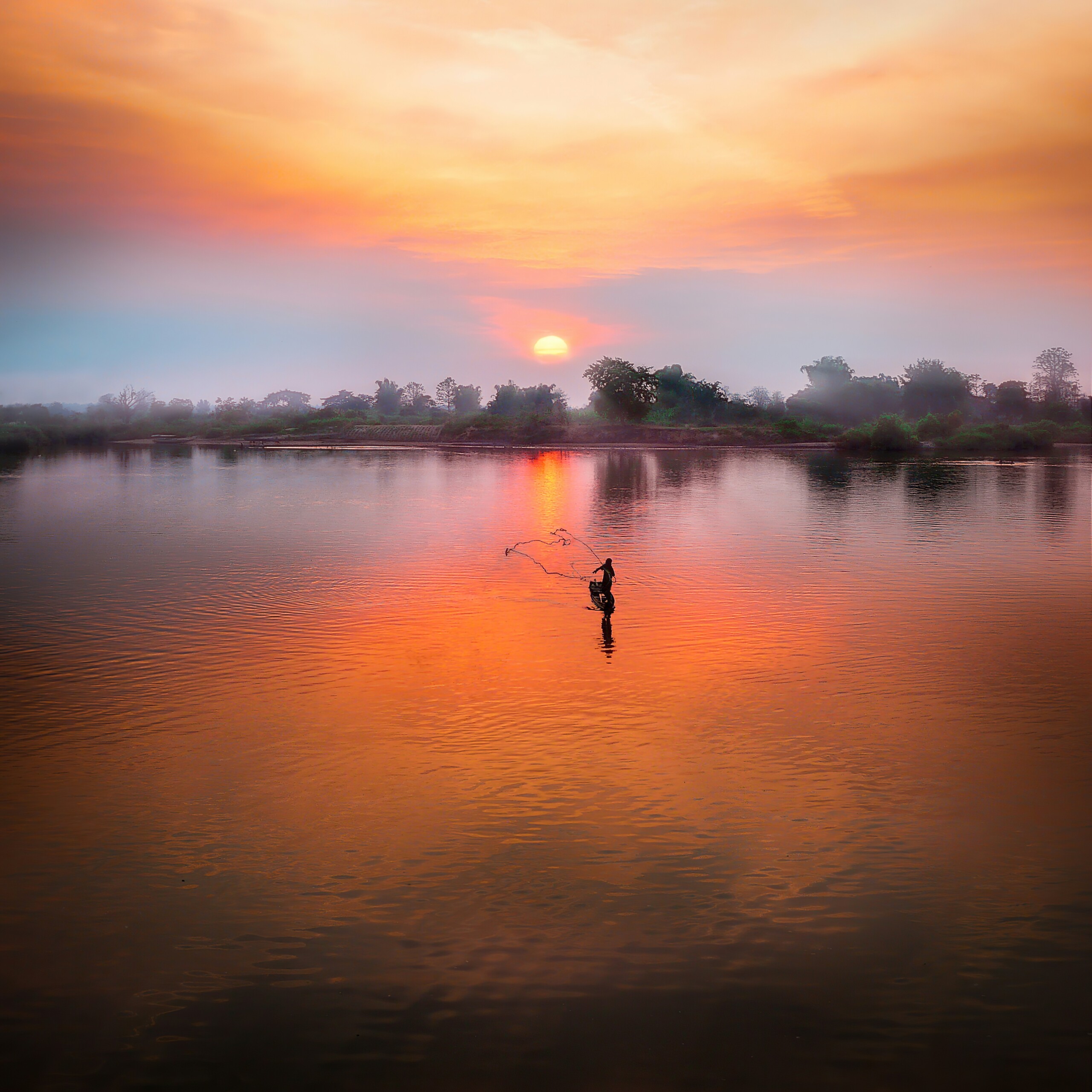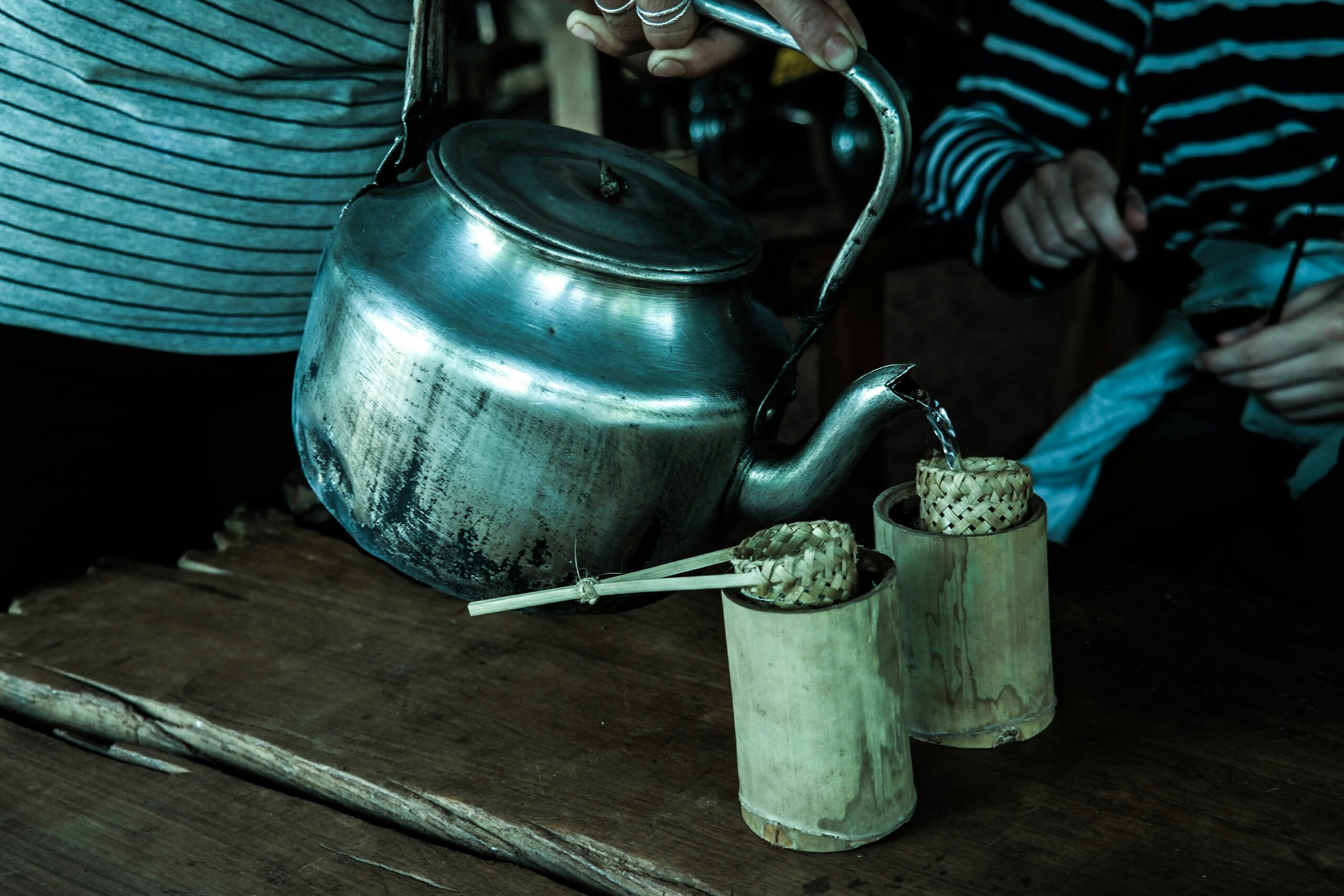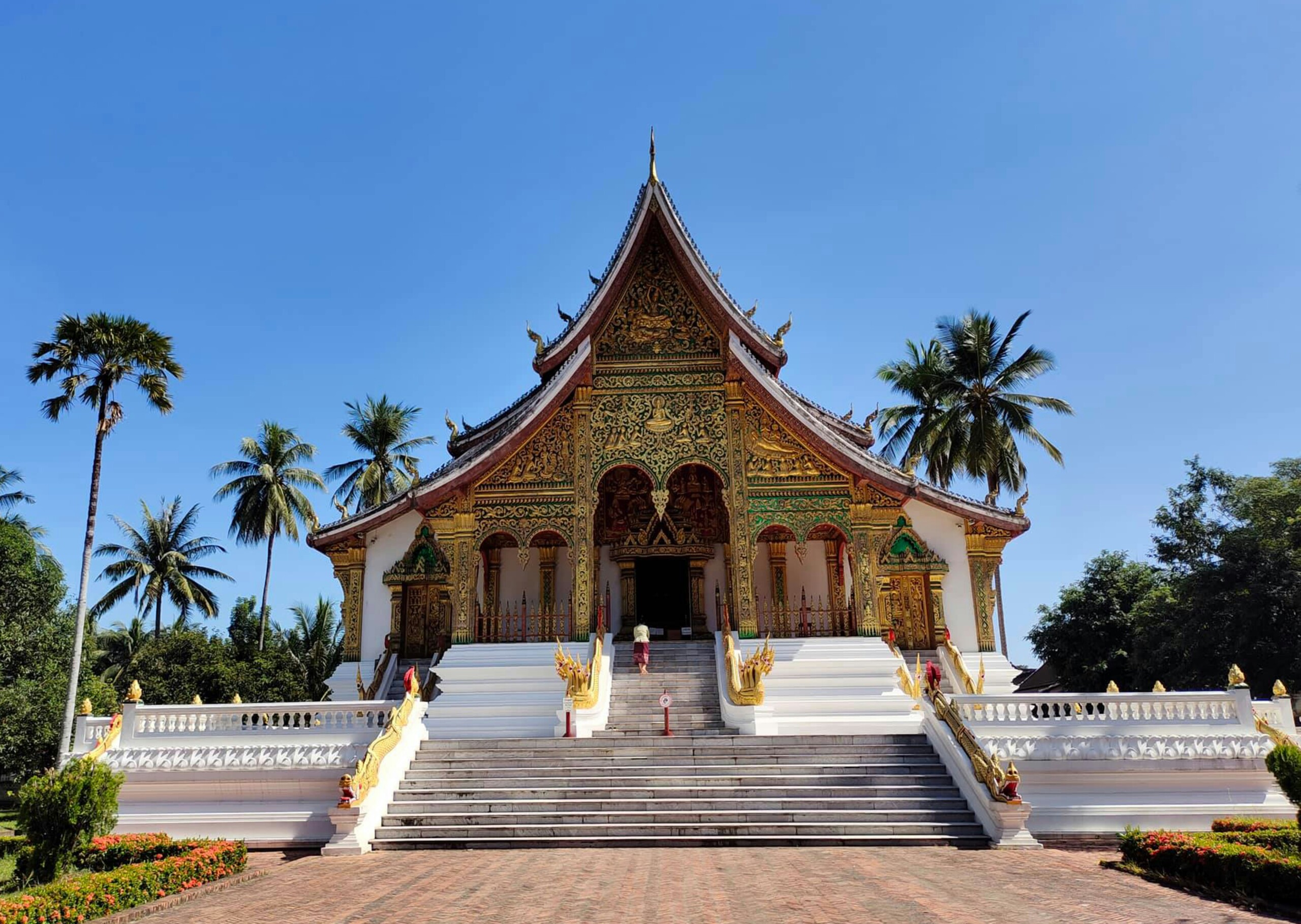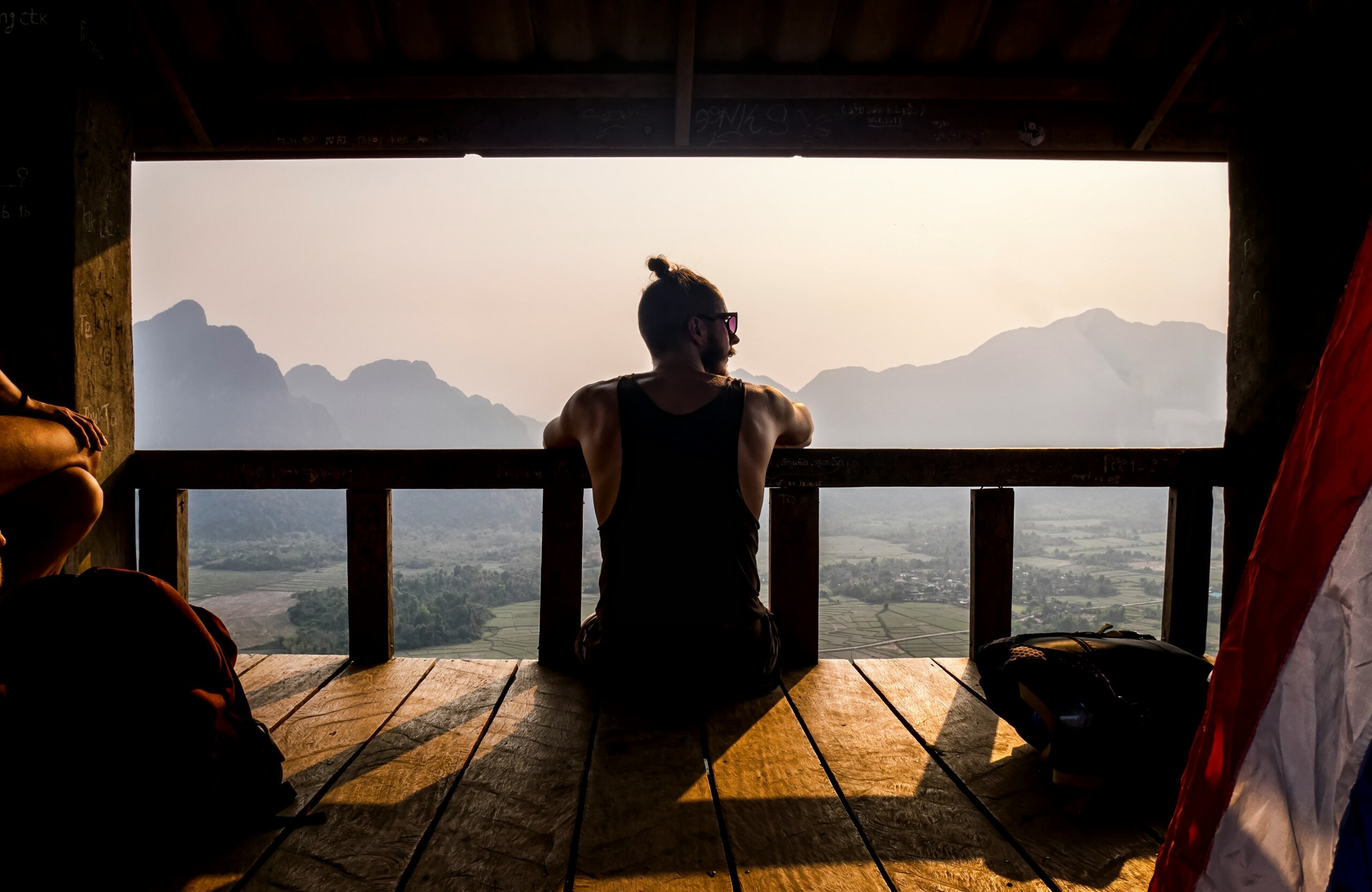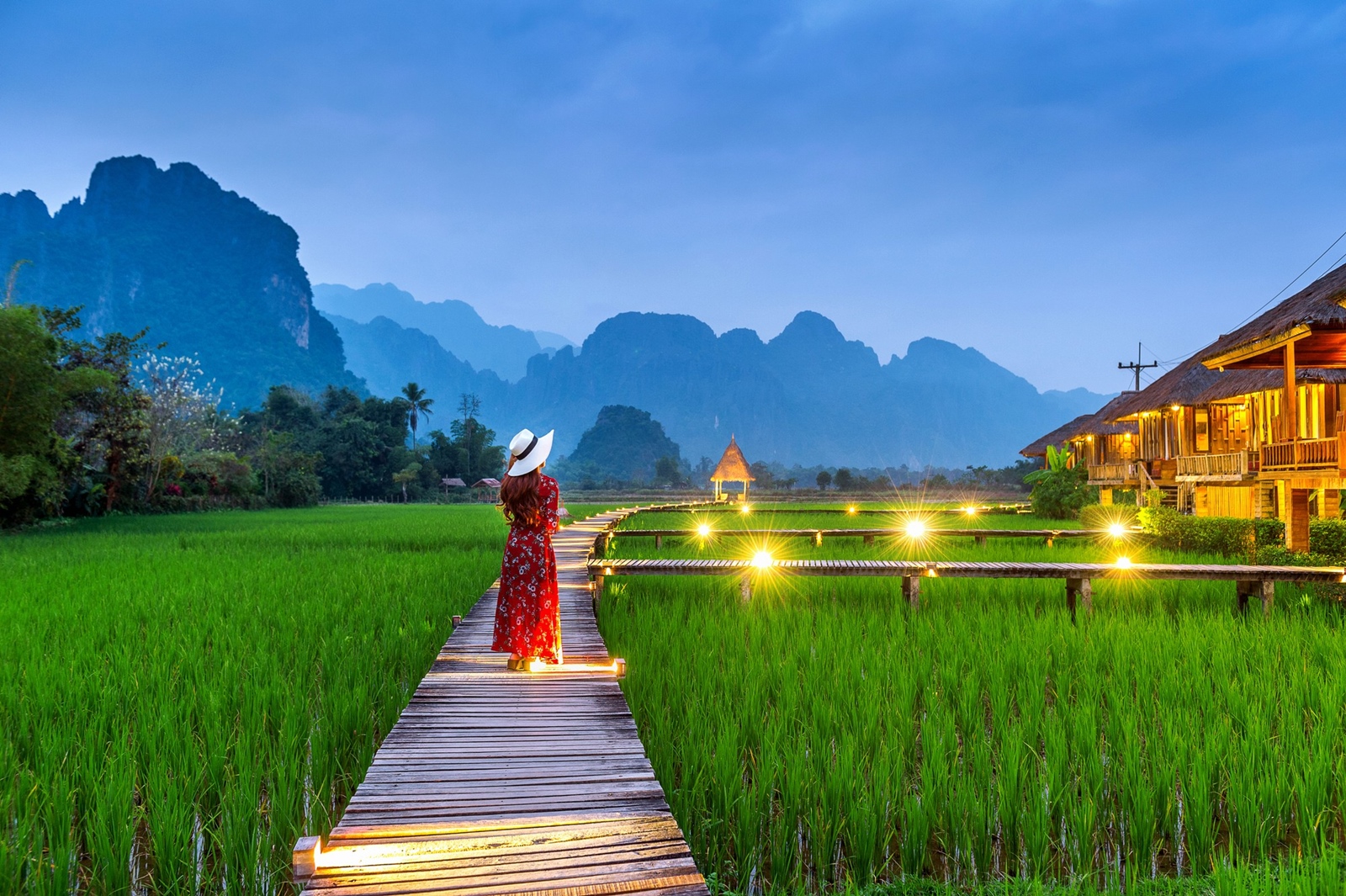Kuala Lumpur, the vibrant capital city of Malaysia, is a treasure trove of architectural wonders. From its colonial past to the modern skyscrapers that dominate its skyline, the city offers a fascinating blend of old and new. In this blog post, we will explore some of Kuala Lumpur’s most iconic architectural landmarks that showcase its rich history and progressive spirit.
The Petronas Twin Towers
No visit to Kuala Lumpur is complete without marveling at the Petronas Twin Towers. These iconic towers, once the tallest in the world, are a testament to the city’s modernity and ambition. Designed by Argentine architect Cesar Pelli, the towers feature a sleek and futuristic design that seamlessly blends Islamic motifs with contemporary aesthetics. Visitors can take a trip to the Skybridge on the 41st floor for breathtaking views of the city.
The Sultan Abdul Samad Building
Located in the heart of Kuala Lumpur, the Sultan Abdul Samad Building is a striking example of colonial architecture. Built in the late 19th century, this majestic structure served as the administrative center of British Malaya. Its distinctive Moorish-inspired design, with its copper domes and intricate details, makes it one of the city’s most photographed landmarks. Today, the building houses the Ministry of Information, Communications, and Culture.
The Kuala Lumpur Railway Station
The Kuala Lumpur Railway Station, also known as the Old Railway Station, is another architectural gem that reflects the city’s colonial past. Designed by British architect Arthur Benison Hubback, the station features a unique blend of Moorish, Indian, and Western architectural styles. Its grand facade, complete with turrets and arches, evokes a sense of nostalgia and transports visitors back in time. The station is still operational and serves as a hub for train travel in Malaysia.
The National Mosque of Malaysia
The National Mosque of Malaysia, or Masjid Negara, is a significant symbol of the country’s Islamic heritage. Designed by British architect Howard Ashley, the mosque is a harmonious blend of traditional Islamic architecture and modernist influences. Its main prayer hall can accommodate up to 15,000 worshippers and features a stunning turquoise-blue dome and a beautiful minaret. Visitors of all faiths are welcome to explore the mosque’s serene surroundings and admire its architectural beauty.
The Kuala Lumpur City Gallery
The Kuala Lumpur City Gallery is not only a showcase of the city’s architectural wonders but also a celebration of its rich history. Housed in a beautifully restored colonial building, the gallery offers visitors a glimpse into Kuala Lumpur’s past through its collection of photographs, artifacts, and interactive exhibits. One of the highlights is the intricate miniature model of the city, providing a bird’s-eye view of its iconic landmarks and future developments.
The Menara Kuala Lumpur
Standing tall at a height of 421 meters, the Menara Kuala Lumpur, or KL Tower, offers panoramic views of the cityscape. Designed to resemble a sprouting bamboo shoot, the tower’s design is a nod to Malaysia’s natural beauty. Visitors can take an elevator ride to the observation deck and enjoy breathtaking views of Kuala Lumpur’s skyline, including the Petronas Twin Towers and the surrounding greenery.
These are just a few examples of Kuala Lumpur’s architectural delights. The city’s ever-evolving skyline is a testament to its progress and ambition. Whether you are a history enthusiast or a lover of modern design, Kuala Lumpur offers a captivating architectural journey that will leave you in awe.

